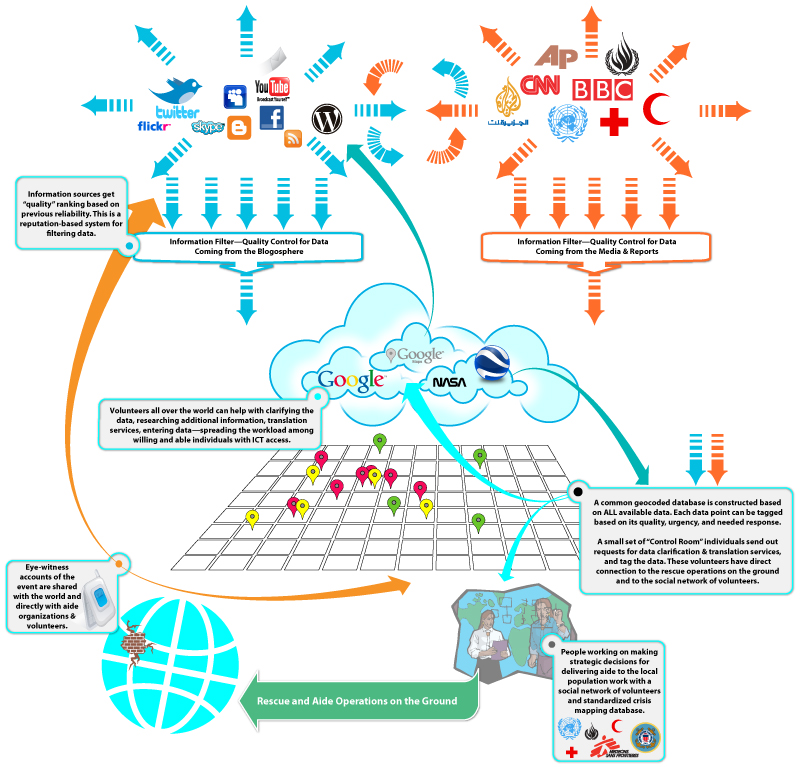Once again, we get an early preview of the next chapter of Interaction-Design.org textbook: Activity Theory. The author of the chapter, Victor Kaptelinin, did a wonderful job of summarizing decades of research in educational psychology, cognitive science, and HCI — from Vygotsky to Moran. If you’re unfamiliar with the theories, research, and thinking that brought us to present day HCI design, this is a great place to start (and includes all of the references to the relevant literature).
Adopting an activity-theoretical perspective has an immediate implication for design: it suggests that the primary concern of designers of interactive systems should be supporting meaningful human activities in everyday contexts, rather than striving for logical consistency and technological sophistication.
While this chapter focuses mainly on human computer interaction (HCI), I would argue that we need to be broader: we need to focus on product design. And as always, I mean product to be interpreted in a very broad sense.
We are moving rapidly into a world where everything we touch is a computing device. Today, I Twitted that my washing machine is an ICT device — the new ARM chip is small, requires very little power, and will be incorporated into everything. So as designers, we have to think not in terms of devices, but in terms of goals and motivations: Why is this person using this device? What do they hope to accomplish? How can we support their problem solving? This is nothing new to my students…
But as an illustration let me talk about a chisel and a log. If you have these and given enough time, you might make a dugout canoe. But if you had access to a boat factory, skilled workers, and cutting edge materials, your maritime options might be much broader. But this breadth of possibilities comes with a price: we need to know more to be able to use these tools in a productive and creative ways. So the new world of product designers is much more complicated and much more interesting. How do we go about supporting people working together to accomplish goals that we haven’t even thought of for our products? How do we motivate people to work together? To be more productive? To be more creative? To think outside of the box? To spend the time to learn how to use our products? It’s an interesting challenge. And the Activity Theory provides some of the foundational support into thinking about product design.
Goals, Expertise, and Situations
In our product design classes, we talk about everything being situational: Need to change a lightbulb? That chair looks like a stepping stool. We go about our lives solving problems, from little ones to major ones, from lightbulb malfunction to new cancer therapy. As designers we want to support those efforts and we do that with scaffoldings: cognitive (just-in-time help), psychological (permission giving), physical (strong chair legs), etc. What users need depends on what, where, and when of their problem solving instance.
A few months ago, I wrote about crisis mapping and the movement of information between the people in crisis, individuals providing direct help on the ground, information gatherers, and the media. There were feedback data loops and it was particularly important to understand the goals, expertise, and the situation of each group as they acted out their respective roles in the crisis. Below is diagram of this information flow and here’s a link to the blog post. It’s easy to see Activity Theory in action!

